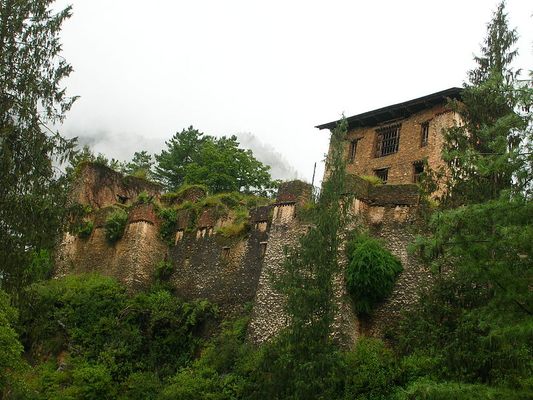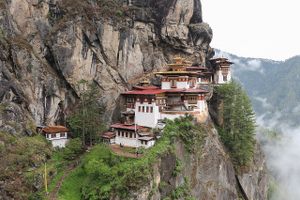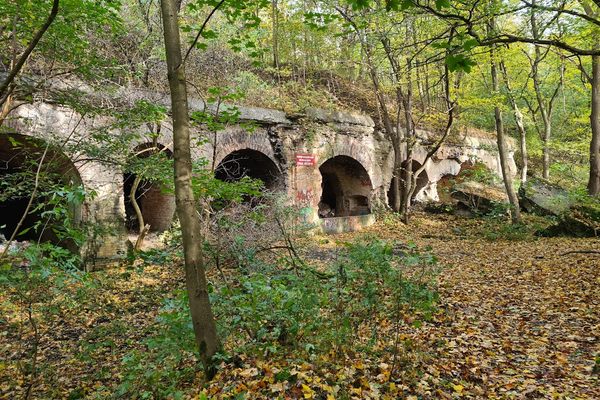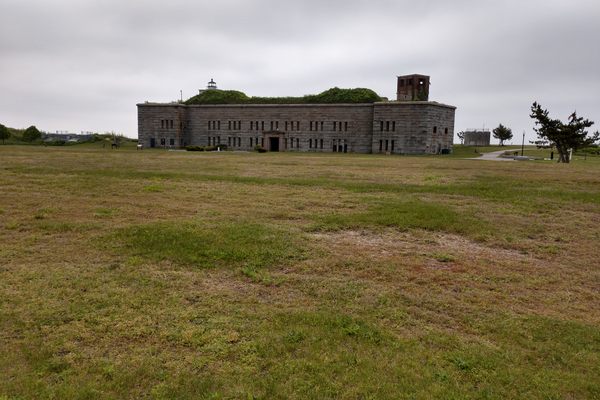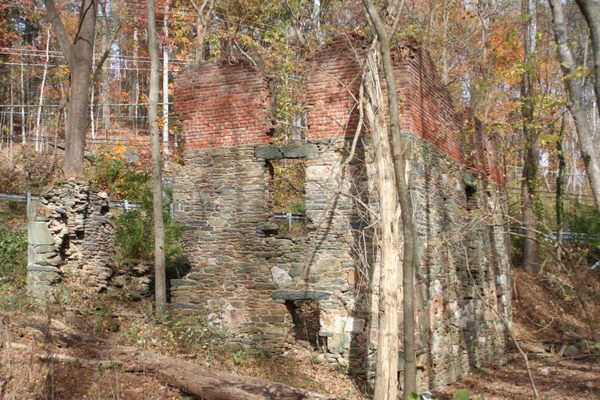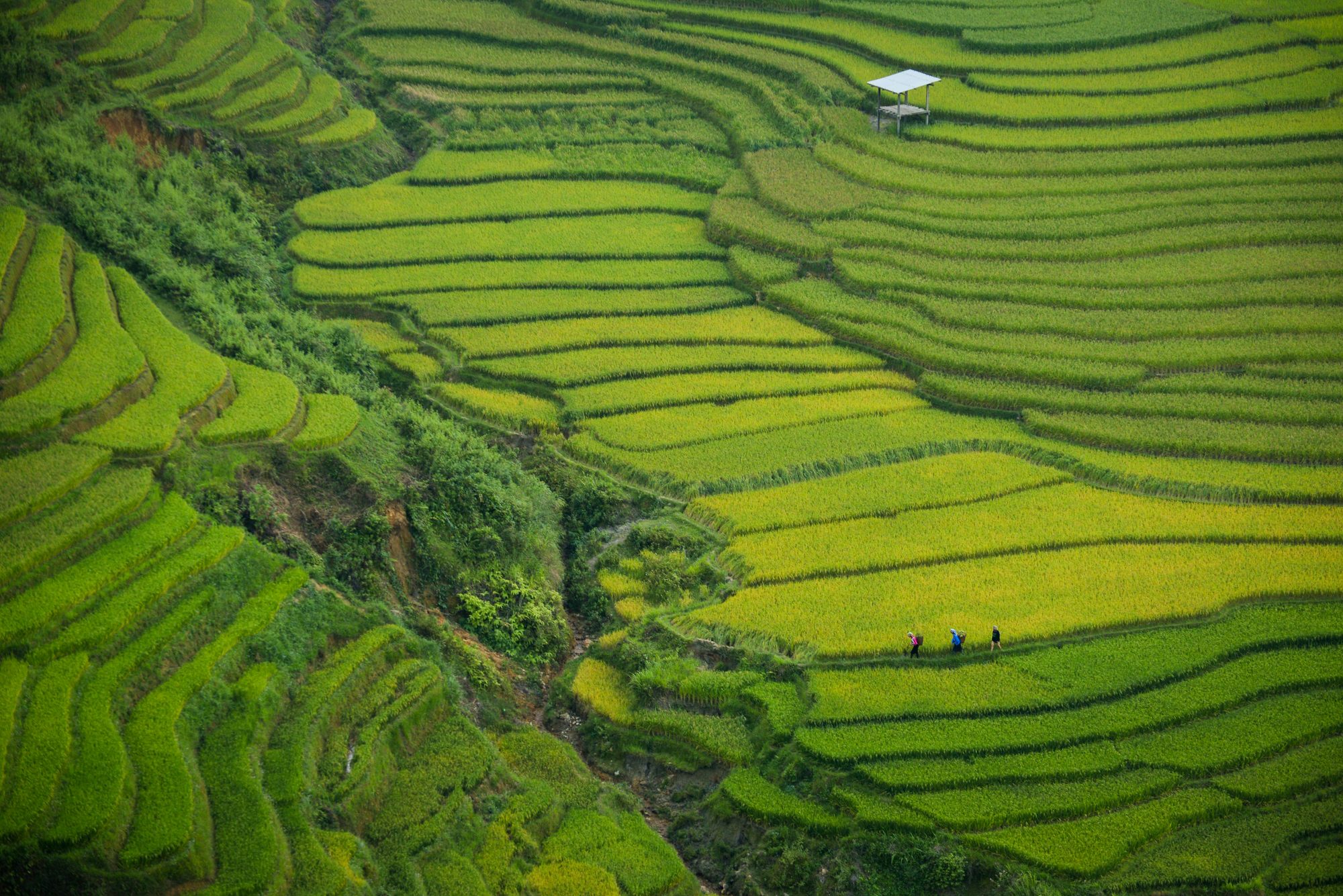About
For much of human history, the land that makes up modern Bhutan was recognized as the territory of Tibet. It was not until the early-to-mid-17th century, when Bhutan and Tibet went to war and Drukgyel Dzong was built, that things began to change.
In 1634, a Tibetan refugee by the name of Zhabdrung Ngawang Namgyal rose to power in Bhutan and led an army to victory over Tibet in the Battle of Five Lamas. Through this war the Bhutanese state was effectively born, and Zhabdrung Ngawang Namgyal became its first ruler.
The fighting did not stop there, however, as waves of Tibetan or Mongol-Tibetan invasions continued in the following decades, trying to regain control of the Bhutanese land. It was during these tumultuous times that the dzong (fortresses) were being strategically placed along the main routes linking Lhasa, the capital of Tibet, to the villages of Bhutan.
Drukgyel Dzong was built in 1649 near Paro, in Bhutan, to repel the Tibetan invasions. The name Drukgyel refers to “Druk,” the royal dynasty at the time and the name of the country in its local vernacular, and “gyel,” meaning “victory” or “victorious.” When the invasions finally ended, Drukgyel Dzong became an important stop for traders. Rice was the main export to Tibet, and salt and tea were the main goods imported from Tibet, and caravans would stop by Drukgyel Dzong before tackling the Tremo La pass.
The Drukgyel Dzong structure consists of a tall central building and an adjacent courtyard surrounded by lower buildings. The fort takes full advantage of the terrain. It’s located on top of a hill with steep cliffs on three sides, leaving only one side of the structure vulnerable to attack. A fortified wall with several derelict watchtowers surrounds it. There used to be tunnels connecting the dzong with the river to decrease the risk of fetching water during battle, but these tunnels are now sealed.
In 1951, Drukgyel Dzong was almost completely destroyed by a fire, and what remained was left to the elements until restoration work began in 2016.
Related Tags
Know Before You Go
It's located on the upper the Paro Valley, about 8.7 miles from Paro, and is easily accessible by car.
Festivals & Temples of Bhutan
Festivals, astrology, and epic landscapes in Bhutan.
Book NowCommunity Contributors
Added By
Published
May 31, 2019


